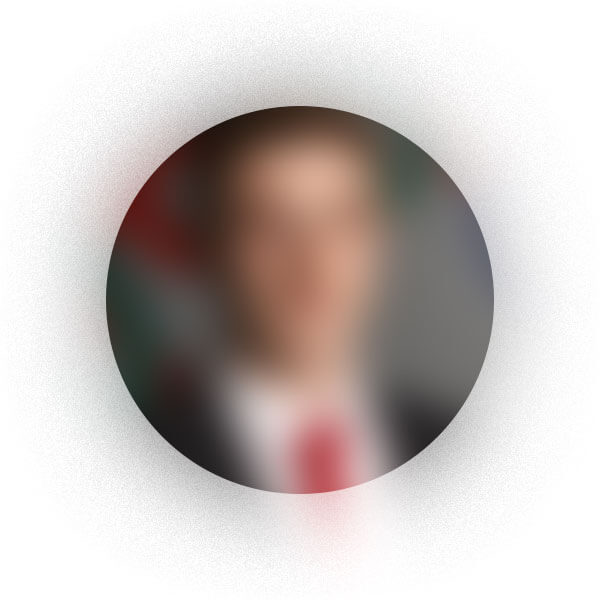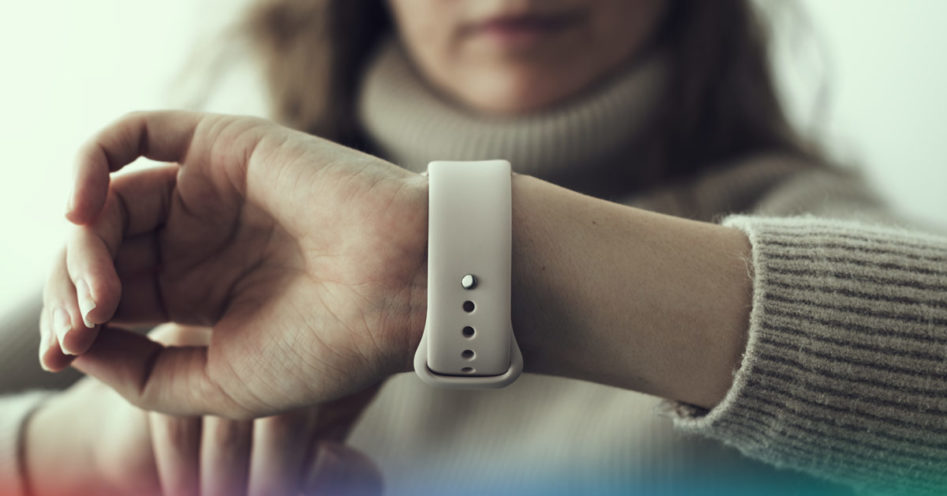We are all aging
With improvements in healthcare, nutrition and living conditions, we have become an aging society. In general, people are living longer and therefore, conditions related to age are becoming more common place.
Much of the population would prefer to hold on to their independence for as long as possible.
The future is now the present
Not long ago, the thought of a wearable device that can monitor health, was science fiction. This has now become a reality. Improvements in this technology, have now made it more affordable to us all.
With the advent of health-related wearables, it is now possible to monitor the vital signs of the wearer.
This can help in the early diagnosis of various conditions, such as High Blood Pressure, Heart Disease, Diabetes etc. This could lead to new diet or exercise plans being developed for the wearer to reduce the possibility of developing further issues or conditions.
If the wearer falls over an alert could be sent to a carer, neighbour or family member. The device can also be fitted with a ‘one push’ button to request emergency help.
Emergency Services can also be alerted to life threatening incidents related to the wearer.
Being able to live independently in your own familiar surroundings, aids in recovery from illness and has a very positive effect on mental well-being.
These kinds of wearable devices can enable the elderly to live independently for longer which will have a positive knock on effect with healthcare providers, as the need for long term hospitalisation or full-time care will be reduced.
The importance of data
The data gathered by these wearables is what makes a more precise diagnosis possible.
The organisations that produce and provide these devices are likely to need a variety of Support.
If the device is going to record historic data that can be used by healthcare professionals to better understand the wearers health needs, it is likely the data is going to need to be stored in a database somewhere. This is where IT professionals can help.
IT companies can provide the servers, databases and storage needed for this data. Interfaces can be developed to present this data in whatever way is best for the consumer. The interface for the wearer could be different from the interface a healthcare professional might use. There is also a probability a web site will be needed for sales and support.
In conclusion, the independent living possibilities along with the physical and mental health benefits of healthcare wearables coupled with the reduced need for visits to healthcare providers, I believe, make these devices an important step forward for us all. But this needs to be backed up by a solid IT solution to make it really work for us all.

Network Engineer
Roy’s IT career started in the 1980’s in London as a software developer in the days of DOS. Working with various clients developing document imaging systems in their early days.
Over the course of his career in IT, Roy has provided support for Windows based networks, Novell Networks, various hardware platforms, PBX’s and IP telephony. Roy brings a varied skill set alongside a broad range of experience to Optima.
More from News
